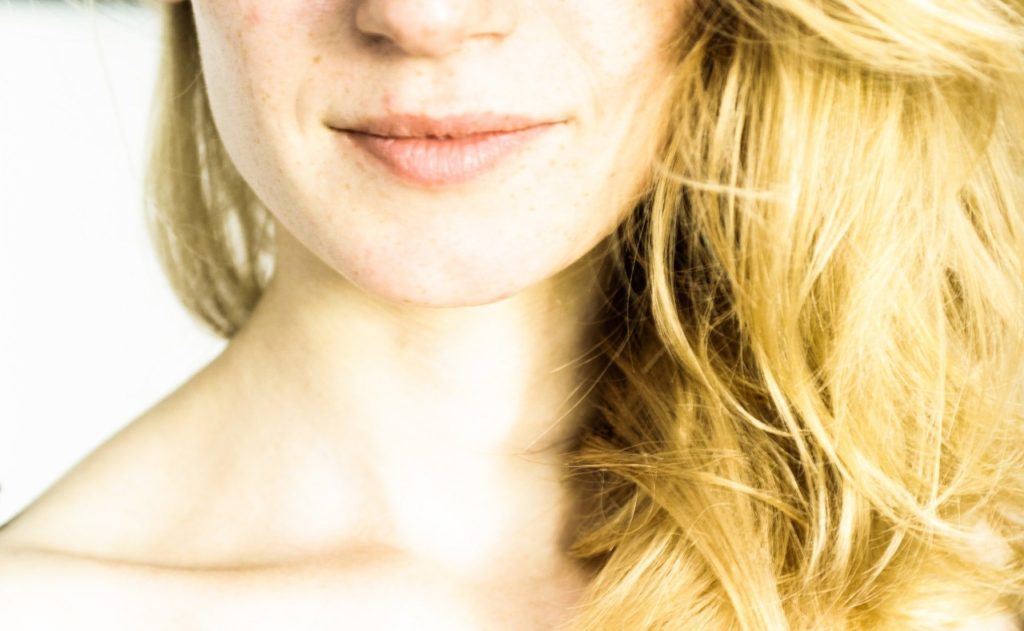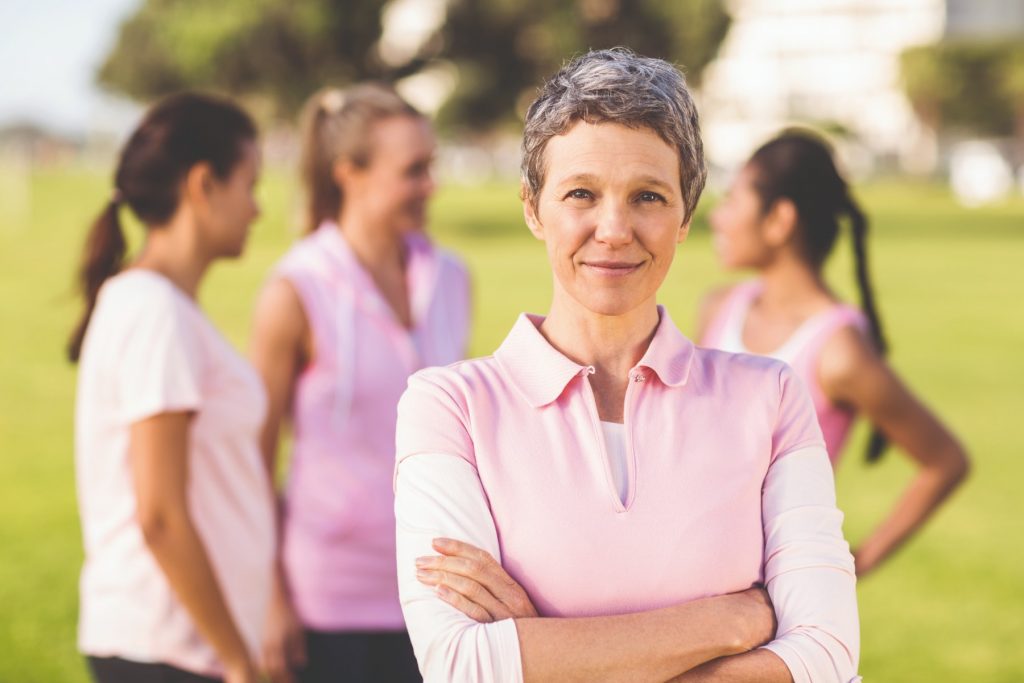Women's health
Breast cancer risks: what you need to know
There’s very little that hasn’t been linked to increased breast cancer risks, from underwired bras and deodorant to long-haul flights. With so much information in the news and online, it’s difficult to know what to believe. But what’s the truth?
One person keen to debunk any myths is Professor Michael Baum, a world-class breast cancer specialist who’s known for cutting through media-fuelled cancer confusion. Here, he explains the only risks worth knowing about.
Breast cancer and the BRCAI or II mutation
A mutation of the BRCA I or II gene is the biggest risk factor. The incidence of such a mutation is rare (about 1/400 women) but the consequence is profound.
“About 80% of such women will develop breast cancer at an early age,” explains Michael. “And, of those with the BRCAI mutation, about 60% will develop ovarian cancer.”
If you carry the BRCAI/II mutation, Michael reluctantly recommends mastectomy as the best currently available treatment.
Ageing and breast cancer risks

While the BRCA mutation is a big risk factor for those with the mutation, one of the most important risks for all women to know is age.
“Age is the most important risk factor for breast cancer,” says Michael. “It’s very rare under the age of 30. The older you are, the greater your risk.”
Ethnicity
“The risk of getting breast cancer is greater in Western and Northern Europe, as well as in North America and the more developed regions of the globe,” says Michael.
“The base level risk is 30-50% lower in less developed regions such as East Africa, South, Central and East Asia.”
Family history and breast cancer risks
While 75% of women with breast cancer have no family history, you’re at an increased risk if it’s in your family. This is true even if you’ve tested negative for BRCA I/II.

For example, your risk doubles if one first-degree relative has had breast cancer.
“This isn’t cause for too much alarm,” Michael explains. “If you’re under 50, then there’s only an additional risk of 1.5% over a decade. If you’re over 50, it’s an additional risk of 2.5% over a decade.”
Pregnancy, periods and menopause
Not having children or delaying first pregnancy until you’re over the age of 30 is associated with a relative risk of between 1.1 and 2.00.
Relative risk is the probability of an event happening in an exposed group (i.e. women not having children) to the event happening in the non-exposed group (i.e. women who had their first pregnancy before 30).
An early first period and a late menopause are also relatively small risk factors and increase risk to the same degree as not having children.
“As early as 1700, Bernardino Ramazzini, the Italian founder of functional medicine, recognised that nuns were far more likely to die from breast cancer than any other female occupation,” says Michael.
Obesity and alcohol

As Michael explains. drinking more than two units of alcohol a day and having a high BMI have been reported to increase the risk of breast cancer.
“Recently, Cancer Research UK got into trouble following its scare tactics with a poster campaign,” he says. “It suggested that obesity and alcohol can increase your risk of breast cancer by 30%.
“While this is true, it’s misleading as it only translates into 30% of a 2.5% risk (i.e. a 0.8% increase over a 10-year period).”
Content adapted from Michael’s book The History and Mystery of Breast Cancer.





